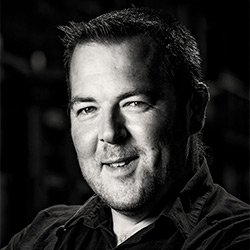 I’m excited to share an interview with a self-taught and very passionate commercial photographer from just outside the city of Leeds in the United Kingdom. His name is Ade Wilson and he strives to create unique and professional images for his clients. Ade’s keen eye and consideration for meticulous detail provide the perfect formula for his inspirational photography.
I’m excited to share an interview with a self-taught and very passionate commercial photographer from just outside the city of Leeds in the United Kingdom. His name is Ade Wilson and he strives to create unique and professional images for his clients. Ade’s keen eye and consideration for meticulous detail provide the perfect formula for his inspirational photography.
Ade, thank you so much for sharing your experiences with us and thank you so much for all of your thoughtful responses. It’s not every day we get a behind the scenes view of someone with such skill and passion for what he does.
If you’d like to learn more about Ade, please visit his website. You can also follow him on Twitter.
Can you please tell the readers a bit about yourself?
I’m from a tiny village which had 70 people in when I left for university. I spent most of my childhood working on farms and damming streams!
Where is home?
I live just outside Leeds, UK, but home is the tiny village where mum still lives – I visit fairly regularly so am well in touch with everyone back there. It’s just an hour away.
What were you doing before you decided to jump into the world of photography?
I was a software engineer. I’d been working in the banking and insurance arena for around 13 years when the banking world exploded and finally got made redundant in 2010. That career has saved me thousands of pounds because I can do all my own websites and IT.
What inspired you to be a photographer?
In the beginning, it was something to do on a weekend. I got a Canon Ixus 3 and used that most days on the walk to work – then having bought a book on photography, realised you could not choose settings like f-stops or shutter speeds, so saved up and bought a Canon 300D which arrived on New Year’s Eve 2003.

From then I immersed myself in photography – going out every weekend to learn how everything worked and discover the beautiful countryside around Yorkshire.
When I got made redundant in 2010, I had enough funds for about 1 year’s basics – mortgage and bills. I spend this time learning fast about business – made very little money, but never gave up going to meetings, networking, talking to people and gradually got a few jobs which I could then use in the blog and build credibility.
Are you formally-taught or self-taught?
Self-taught.
Are you satisfied with your choice of getting involved with this industry? Is there anything else you would rather be doing?
Love the photography world – and working for myself.
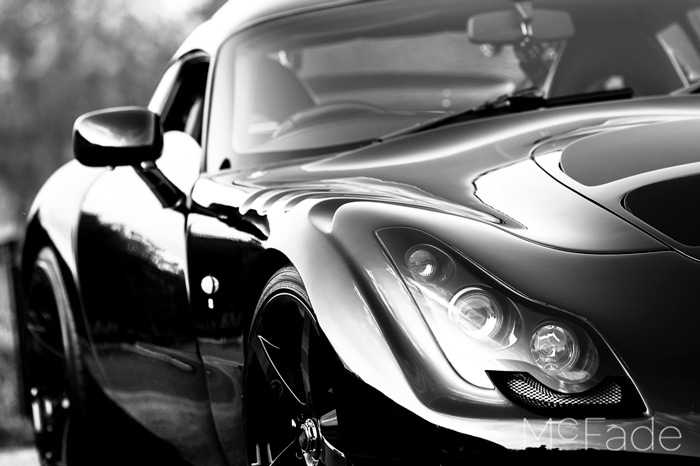
You choose what you shoot, who you work with, when you work and answer only to yourself. That’s good and bad, depending who you are – if you’re not a good self-starter, you’ll just sit around watching TV all day!
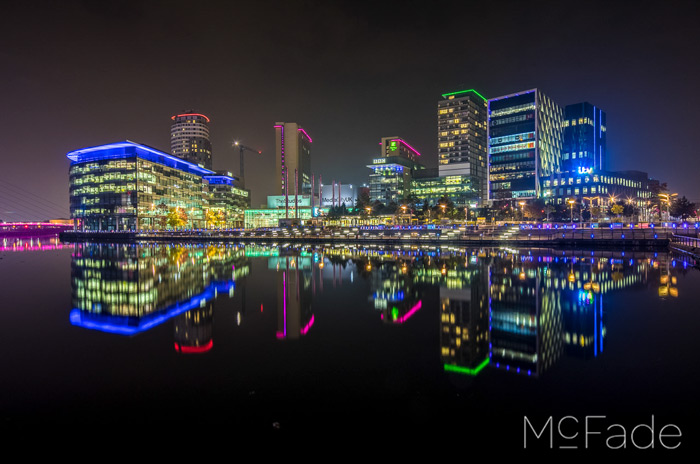
I was in a successful touring band, playing keyboards in theatres across the UK and Europe – that was great to start with, but after a while you get into a rut – and not being “in charge” I could not really change that. So despite the buzz of going on stage in front of 500-5000 people each weekend, I left to free up time for photography.
How do you keep yourself motivated and your photography fresh?
I think it’s a healthy curiosity – always asking “what if” on every shoot. What if you get low, or go high up, or add a back light, or increase the left flash by 1 stop… or use the 90mm tilt-shift lens….
It’s that kind of approach which keeps it exciting – sure you need a formula which works and is repeatable to make sure you get the job done, but then start varying things to get a new look.
Who or what inspires you in your personal life and work?
Locations inspire ideas – anywhere with great lines and drama is perfect for portraits.
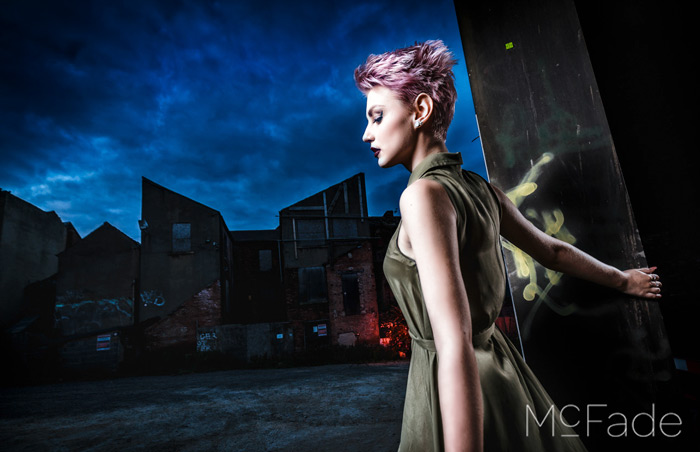
Subject inspire – so a meticulously created cocktail, with lots of props and all the ingredients to hand, that kind of thing really inspires me.

Other photographers – not so much. I used to copy other’s styles when learning the craft, it’s often the fastest way to work. Get something which you know is “good” and recreate it… the process is a great teacher. But these days, I tend not to spend time on photo-sharing times looking at others. I find the “popular” stuff is very formulaic, for example, all popular architecture is moody mono with a 5 minute exposure and black sky with clouds whooshing by. It looks good, but once you’ve seen 1 of these, you’ve seen them all!
What do you hope viewers take away from your images?
They are paying me a lot money, so I hope that I’ve captured them in a positive, friendly approachable way – and how they want to be seen!
Same with the food photography, I spend ages lighting the stuff with 4 or 5 flash heads, use at least 4 lenses – all to create images which jump off the web site or stand out on Trip Advisor. If just 20 people are swayed to eat at their restaurant instead of elsewhere, that has usually paid for me.
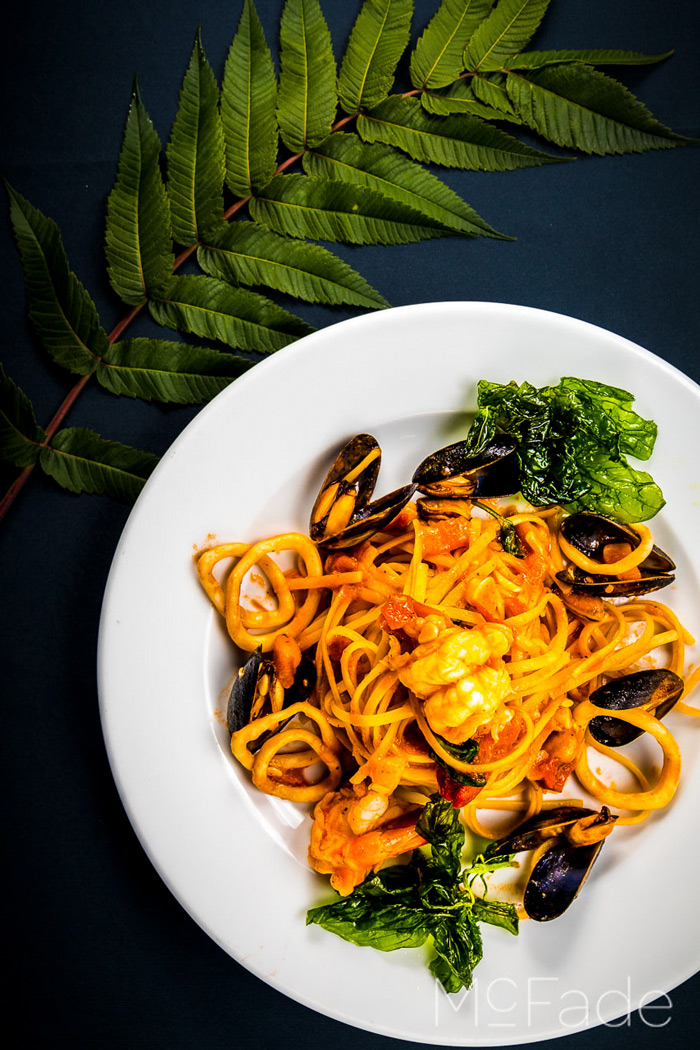
Generally I do create bold images – lots of contrast and colour, selective focus… it’s not delicate or fine art in style as I think that look is well covered by other photographers.
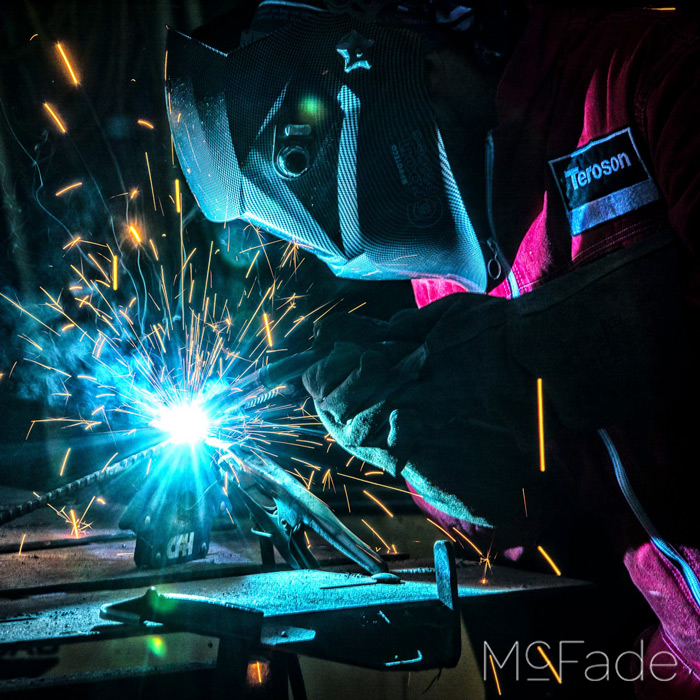
What is one piece of advice you would like to offer a new photographer just starting out?
Make sure your work is good – don’t listen to friends on Facebook though, they will always encourage you even if the work’s bad!
You do need some honest feedback from your potential customer base – there’s really no point in starting if no one likes your work, they are not going to hire you.
Once you’ve got a great portfolio, which doesn’t have to be huge, then get out there networking – it’s all about the people you meet. If you work on the theory that for every 100 people you see, 98 will not hire you, you know that 2 will – so every “no” is 1 step closer to a “yes”.
It’s like that initially – but as you keep going, your work will evolve, each job gets you visibility to the world, clients will recommend you and gradually it gets easier.
You don’t always “need” hugely expensive equipment – the most important thing is that you understand how it works and can use it in any situation.
You need to work smart in processing – time is money, so spending 20 hours on 1 photo, like you may do for a photo competition entry, is not a savvy use of your time unless your client has budget to pay for it!

What type of camera(s) do you shoot with? What’s your favorite lens?
Canon 5D 4
Canon 70-200 F2.8L IS is amazing – use it on every shoot
What is your favorite photography accessory, other than your camera?
Ummm – I got a ball head tripod which has a rotating platform on top. So you level the camera on the ball head and lock it tight – then you can rotate just the platform so the camera spins 360 degrees on a totally level plane. Fantastic for Tilt Shift work, saves so much time.
How important is Photoshop or other image editing software in your final images?
I shoot RAW so massively important!
Most of the processing is in LIGHTROOM, any serious tidying is done in Photoshop, and if I need a creative look I’ve got NIK EFEX and ON1 Effects filters.
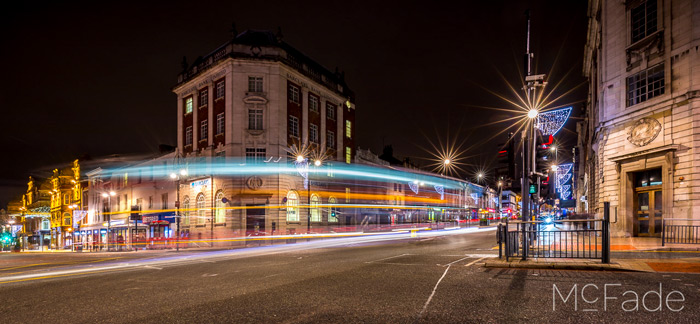
Was there a point in your journey when you started to feel really good about your work? If so, what did it feel like to get past that “tipping point?”
Yes – 2006 I got a 5D mark 1, I’d been using the 300D then the 10D and was getting a technique nailed – but when i got the 5D I was out more often as I was excited to use it. I also got Capture One and shot RAW for the first time – all this combined to a paradigm shift. I became the “moody landscapes” man – sitting around on hills at sunset well into the blue hour!
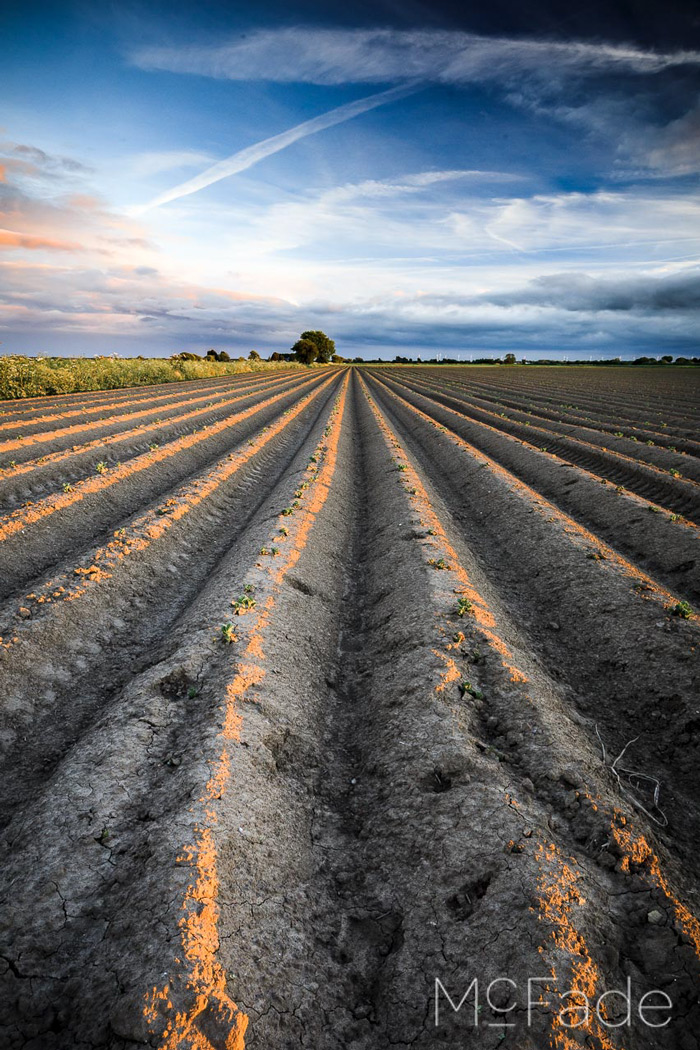
What do you think the future holds for you? Where do you see yourself in the next few years?
I’m working on the world of restaurants and chefs, so lots of marketing in that direction. Also hotels – I like shooting architecture and food, that’s what hotels are!
Kit wise, I’m well past the kit-lust stage, talk of kit bores me and I try to move off it as fast as I can!
Subjects – Well I’m doing Iceland in 2019 which is a bit of a dream location. I also want to do India again – that was an amazing country.
Leave a Reply